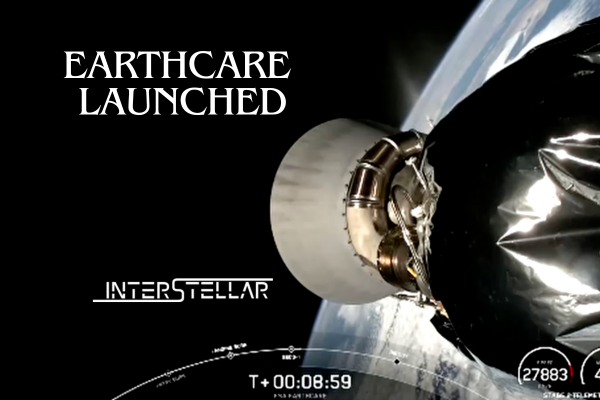A collaborative European-Japanese climate research satellite, EarthCARE, was successfully launched into orbit from California on Tuesday. This satellite aims to study Earth’s temperature balance.
Successful Launch
The EarthCARE satellite, short for Earth Cloud Aerosol and Radiation Explorer, lifted off from Vandenberg Space Force Base at 3:20 p.m. atop a SpaceX Falcon 9 rocket. The satellite was deployed approximately 10 minutes after launch, according to SpaceX’s webcast.
EarthCARE Mission Objectives
EarthCARE is equipped with four advanced instruments designed to study the interactions between clouds, aerosols, and radiation. These instruments will help scientists understand how clouds and aerosols reflect solar radiation back into space and trap infrared radiation emitted from Earth’s surface. This research is crucial for improving climate models and predicting climate change impacts.
International Collaboration
The EarthCARE mission is a joint project between the European Space Agency (ESA) and the Japan Aerospace Exploration Agency (JAXA). This partnership underscores the importance of international cooperation in addressing global climate challenges.
Reusable Rocket Technology
After the satellite was deployed, the Falcon 9 first stage booster successfully landed back at Vandenberg, marking its seventh flight. This reusable technology is a significant advancement in reducing the cost of space missions.





